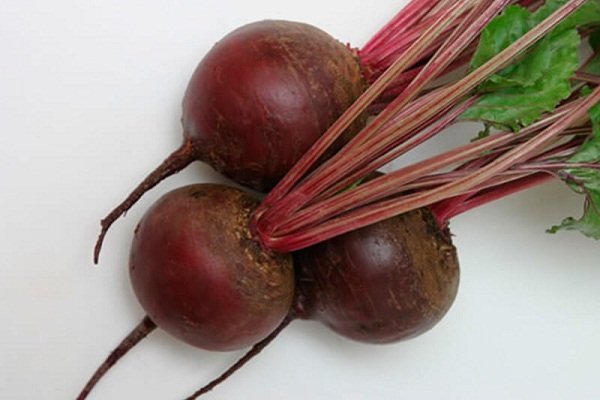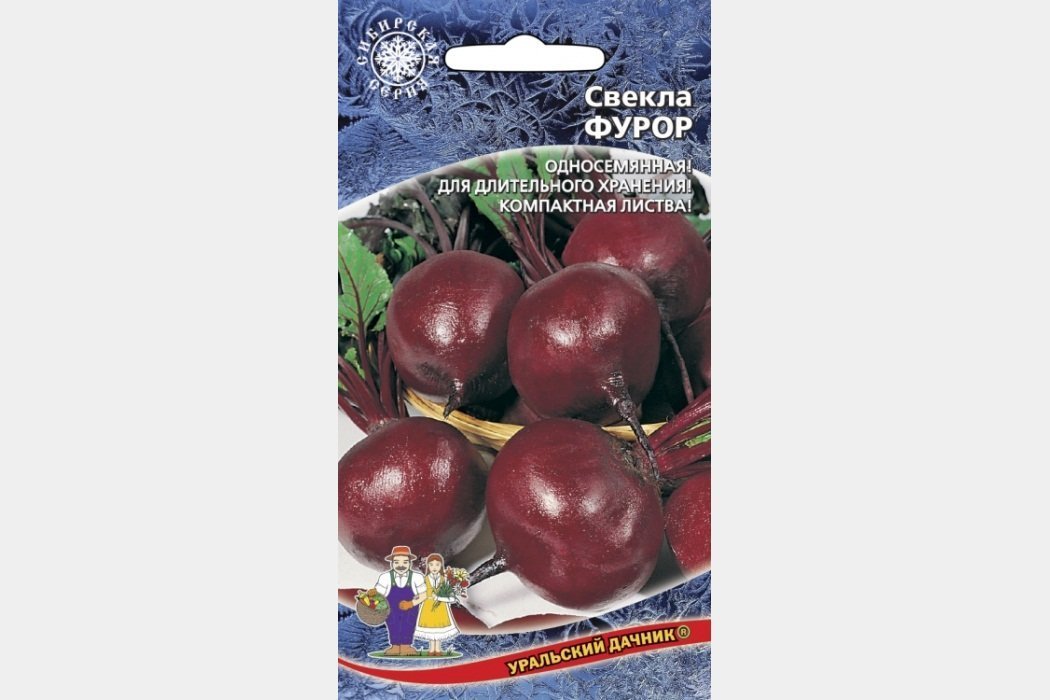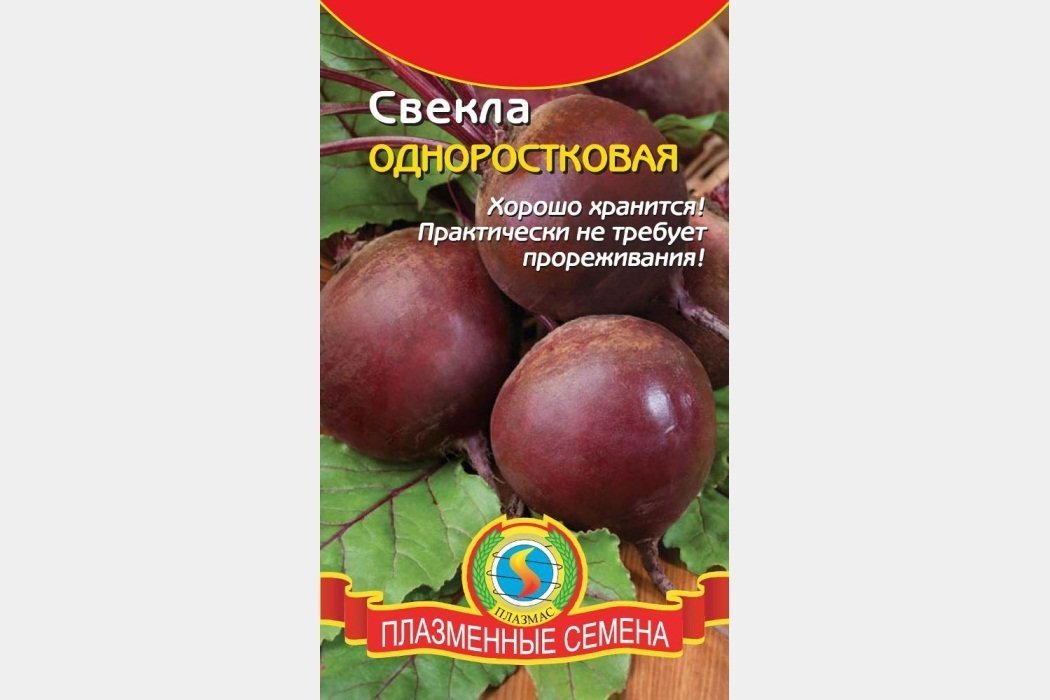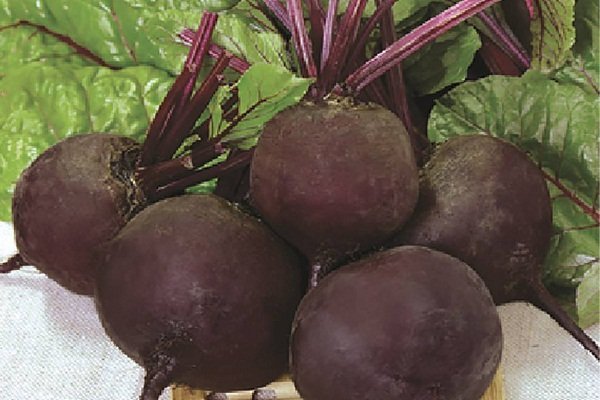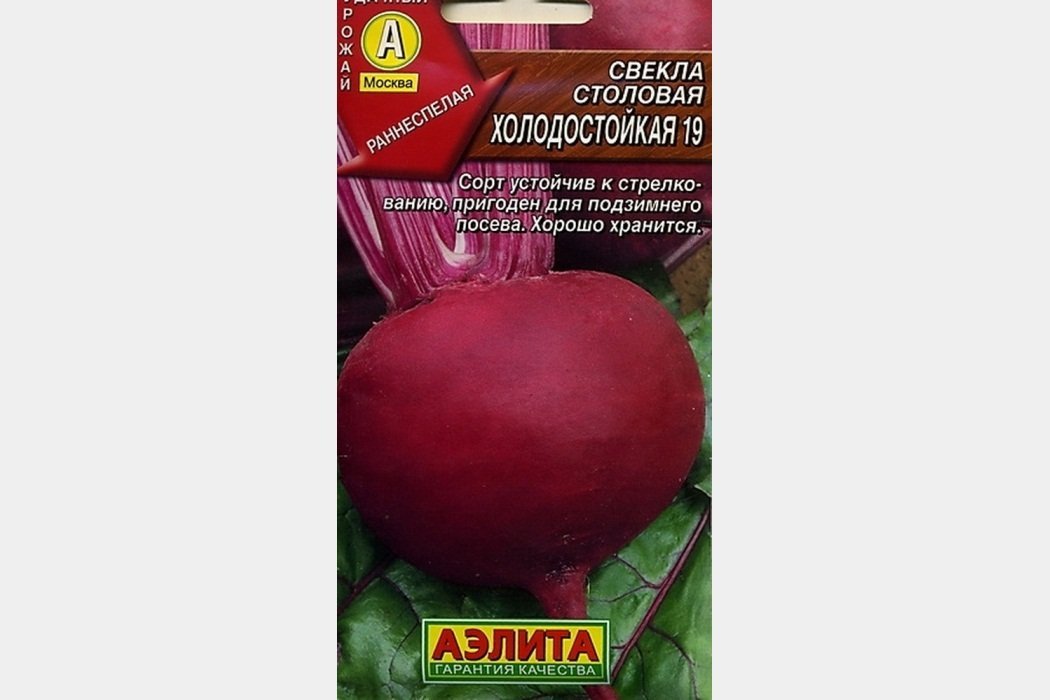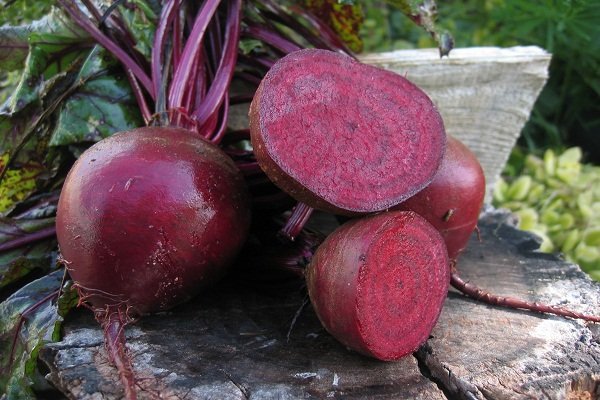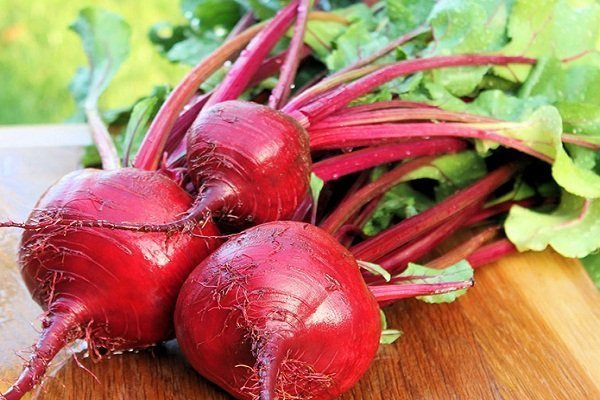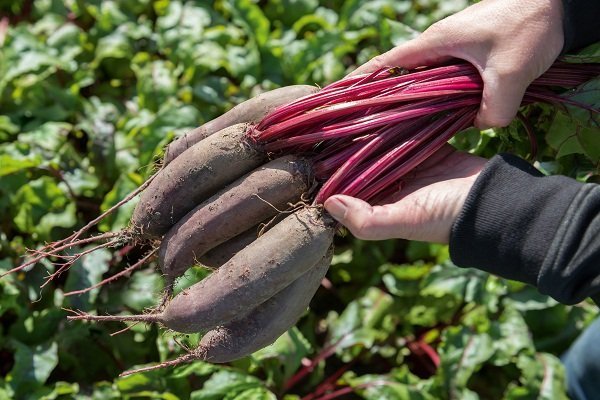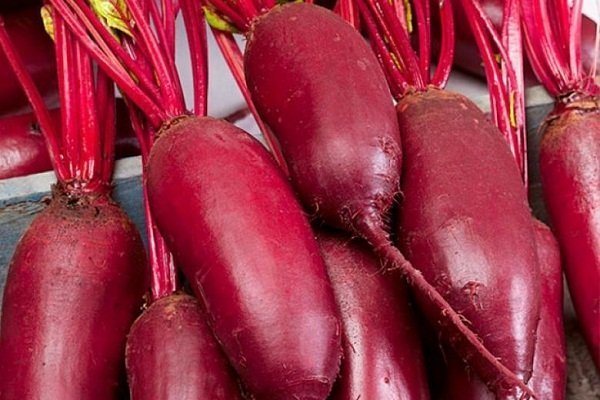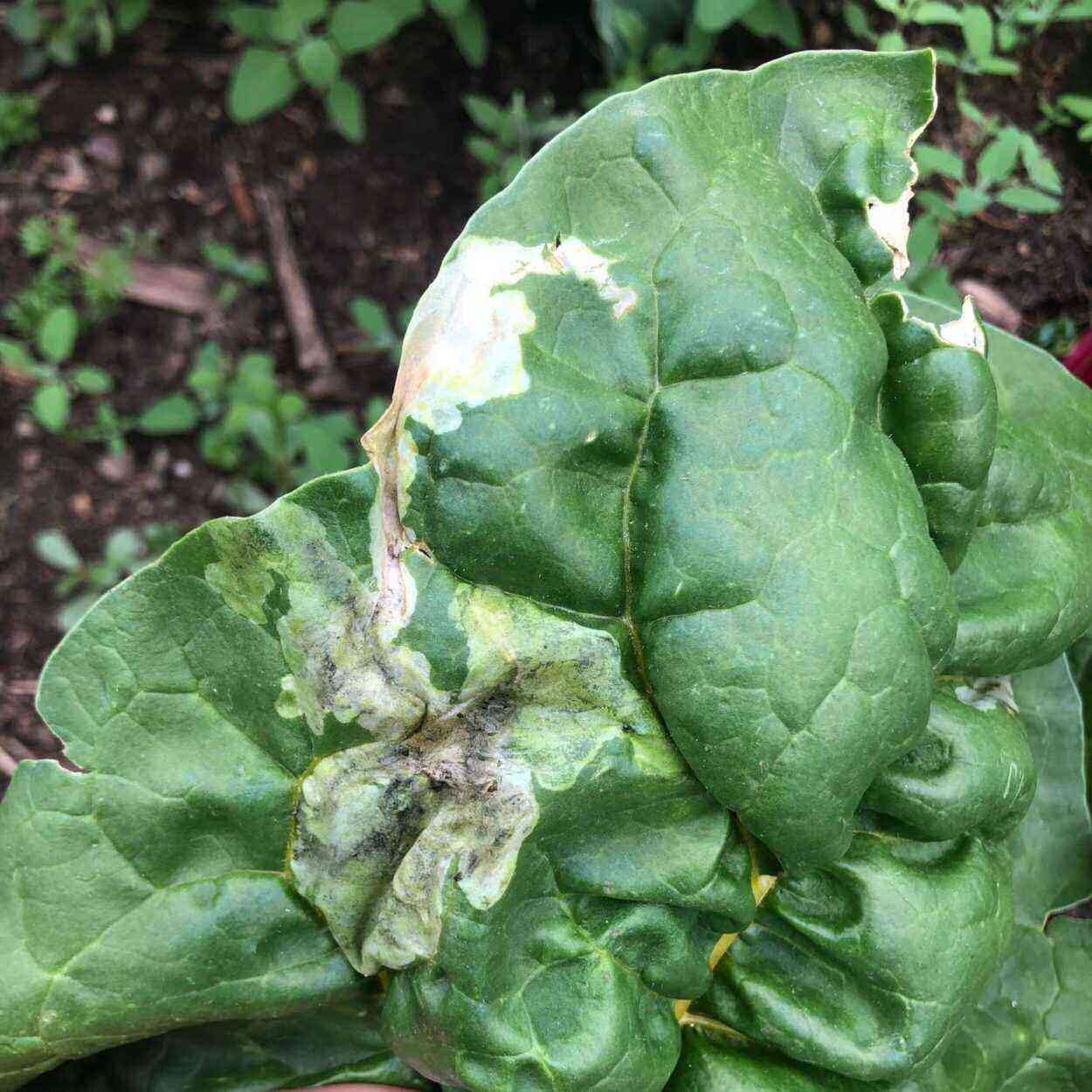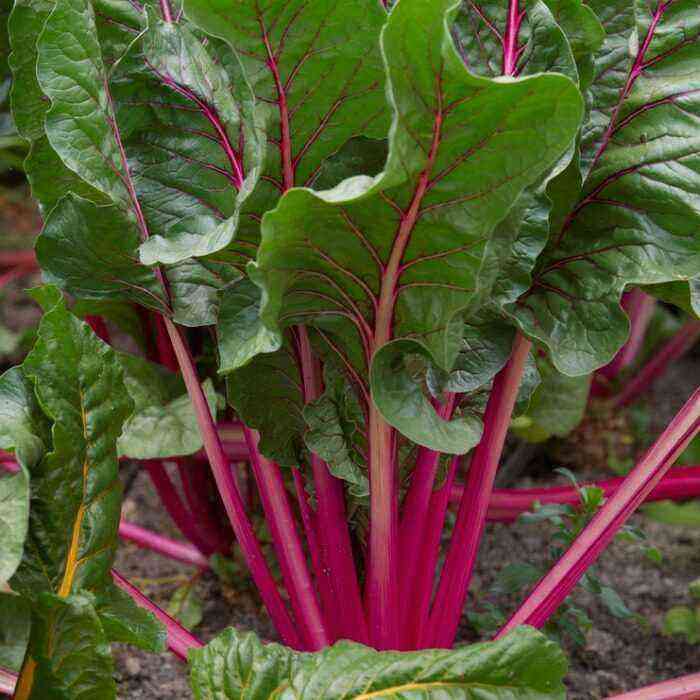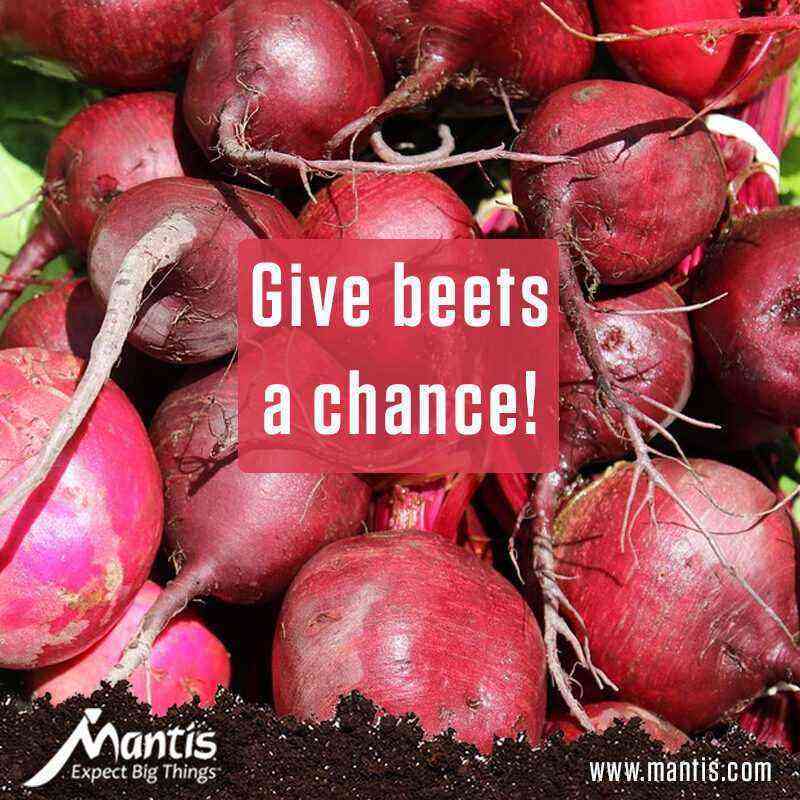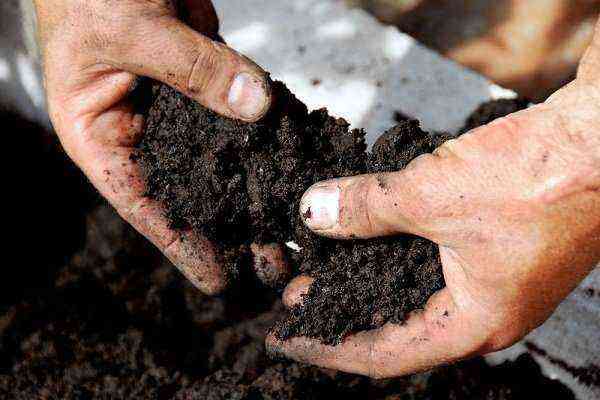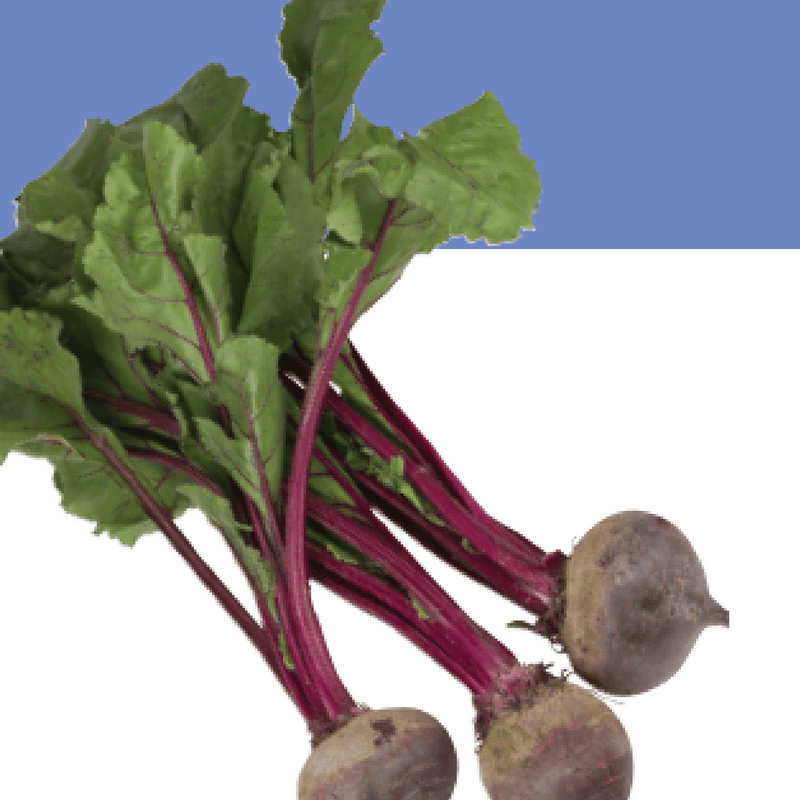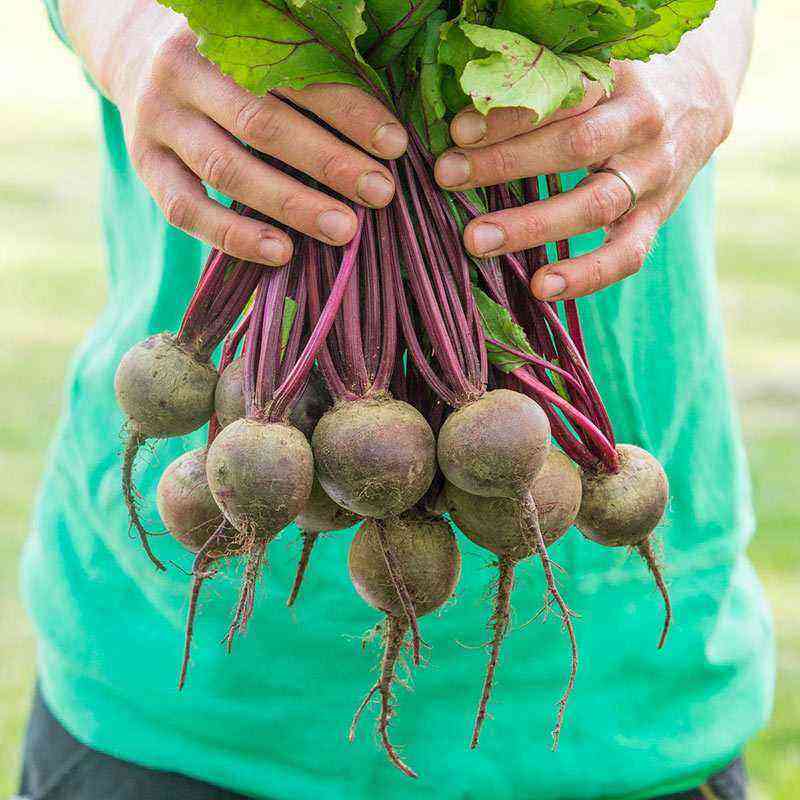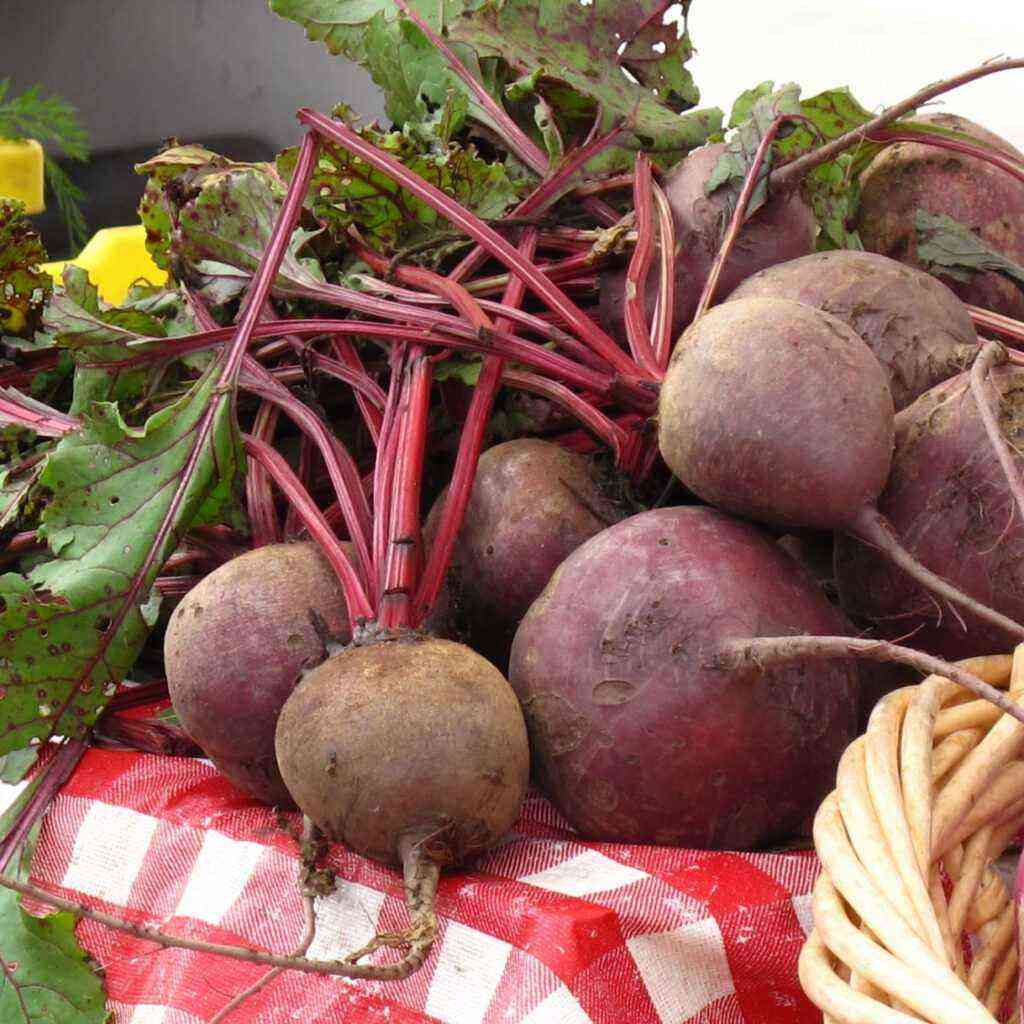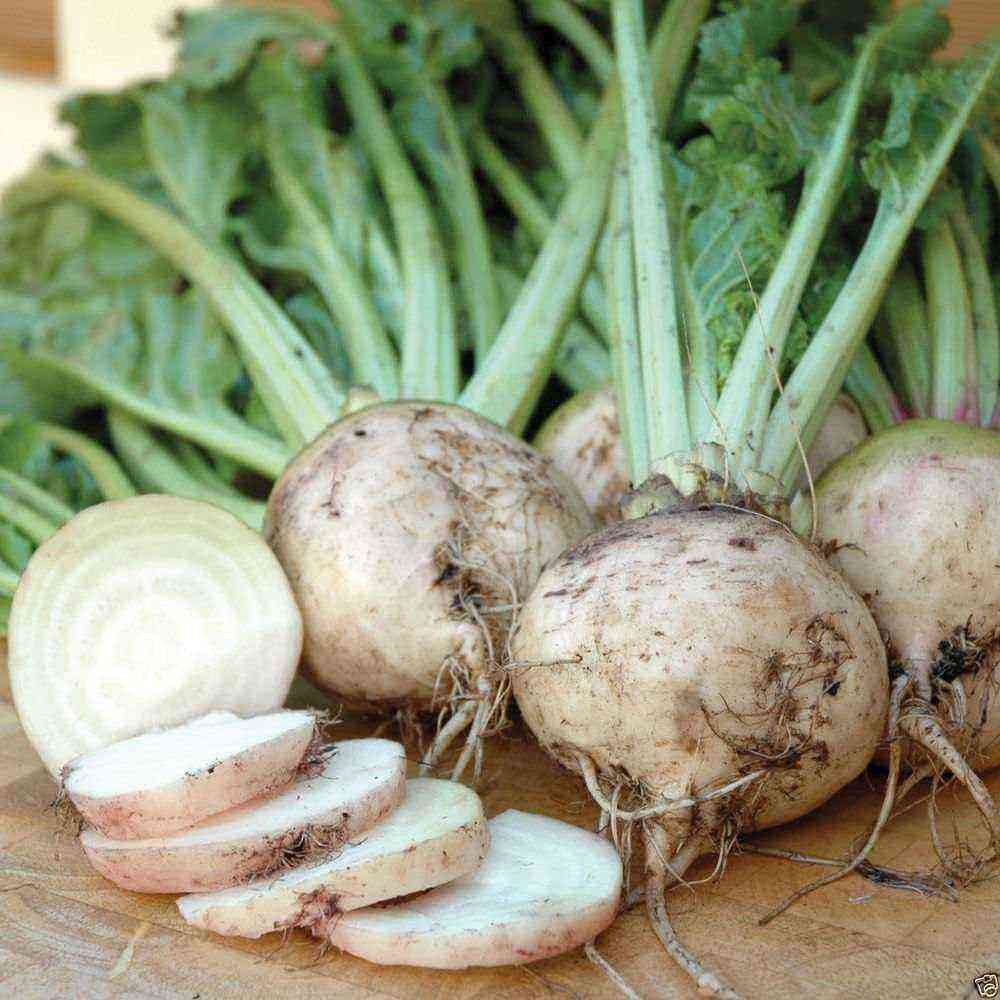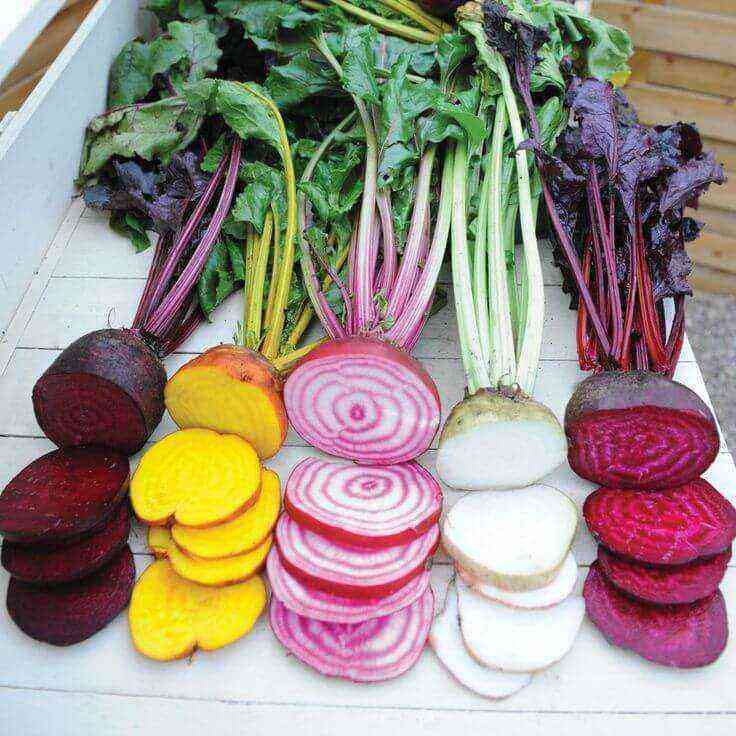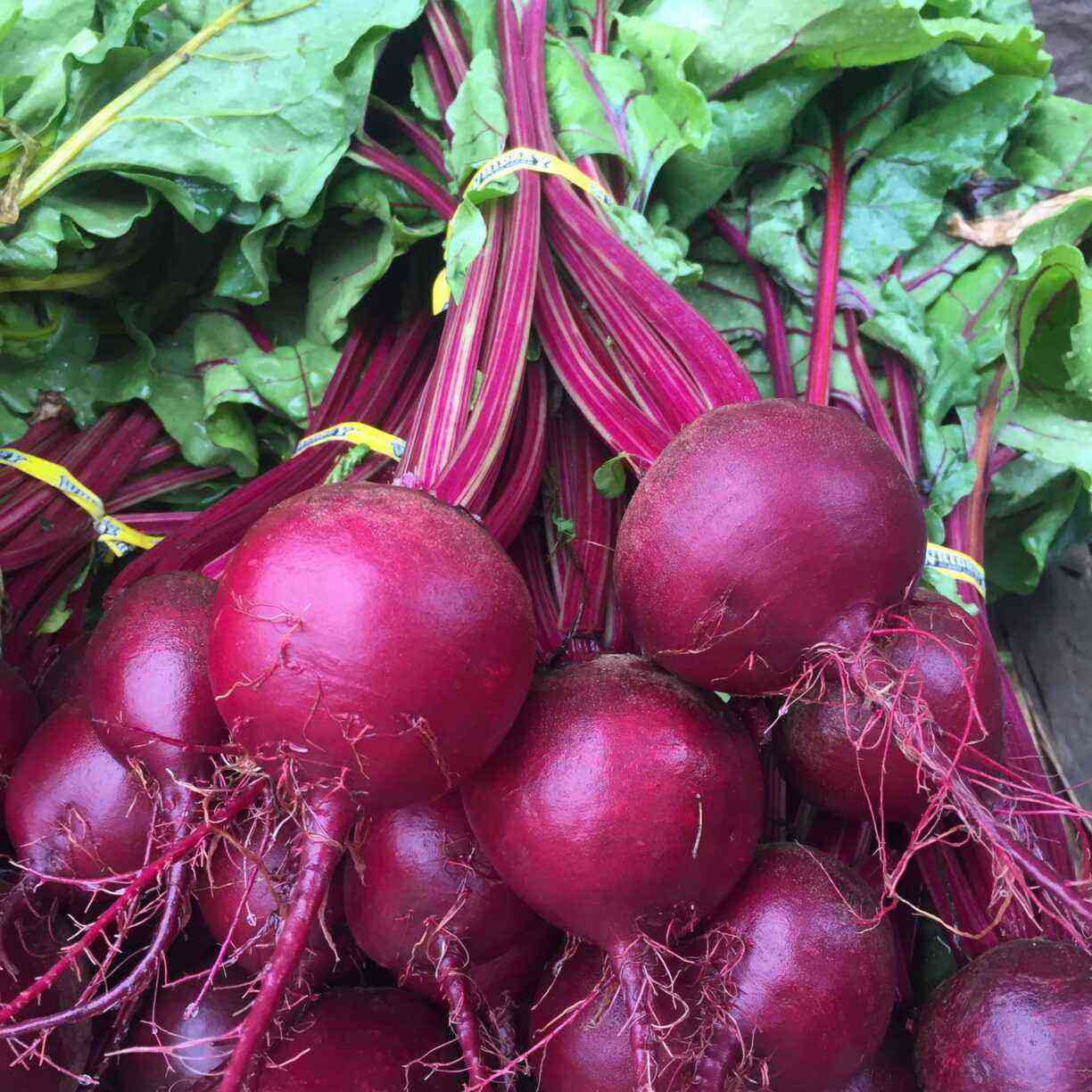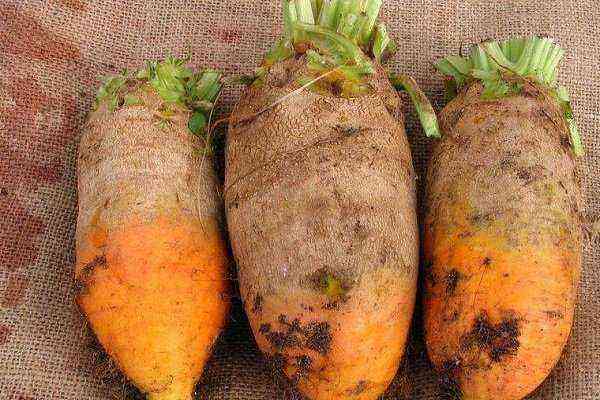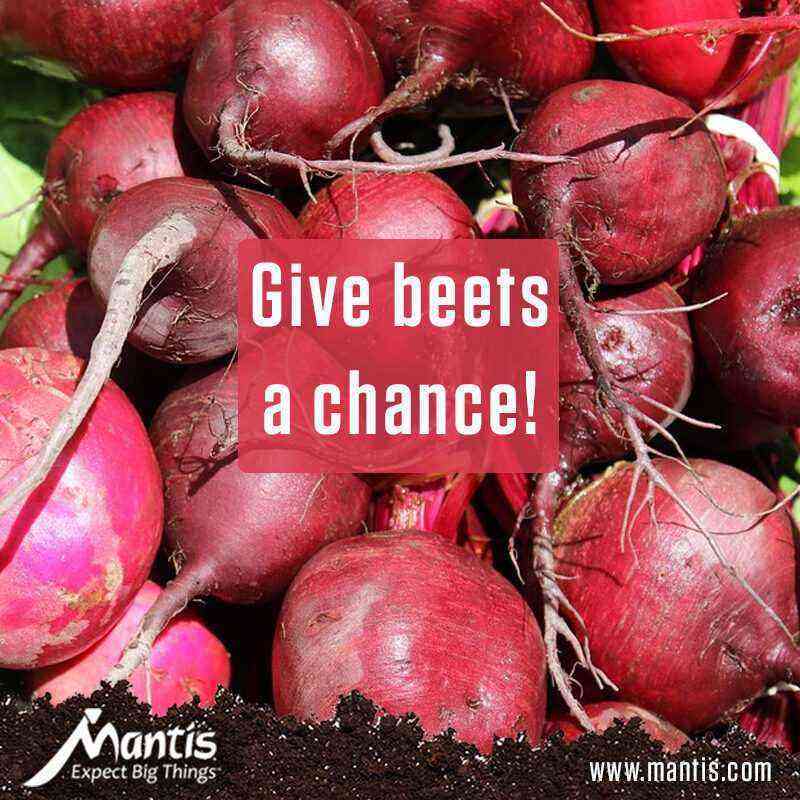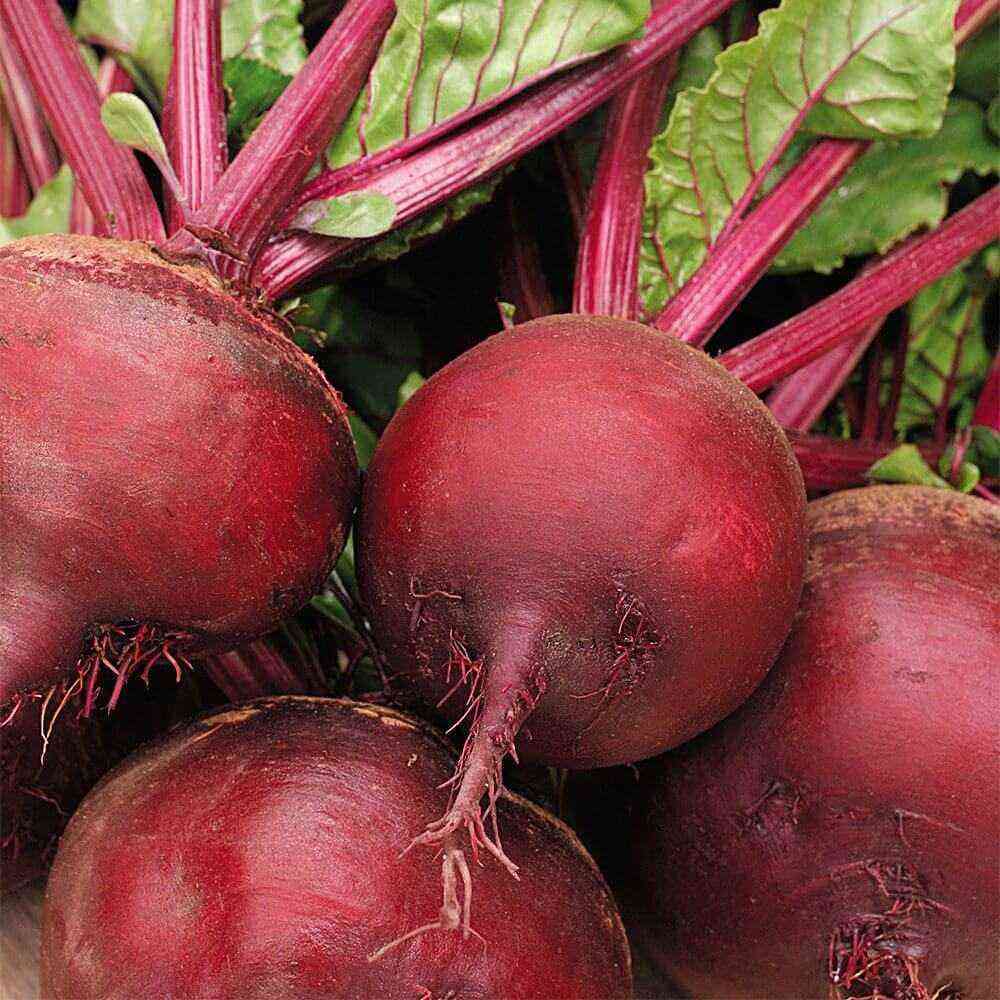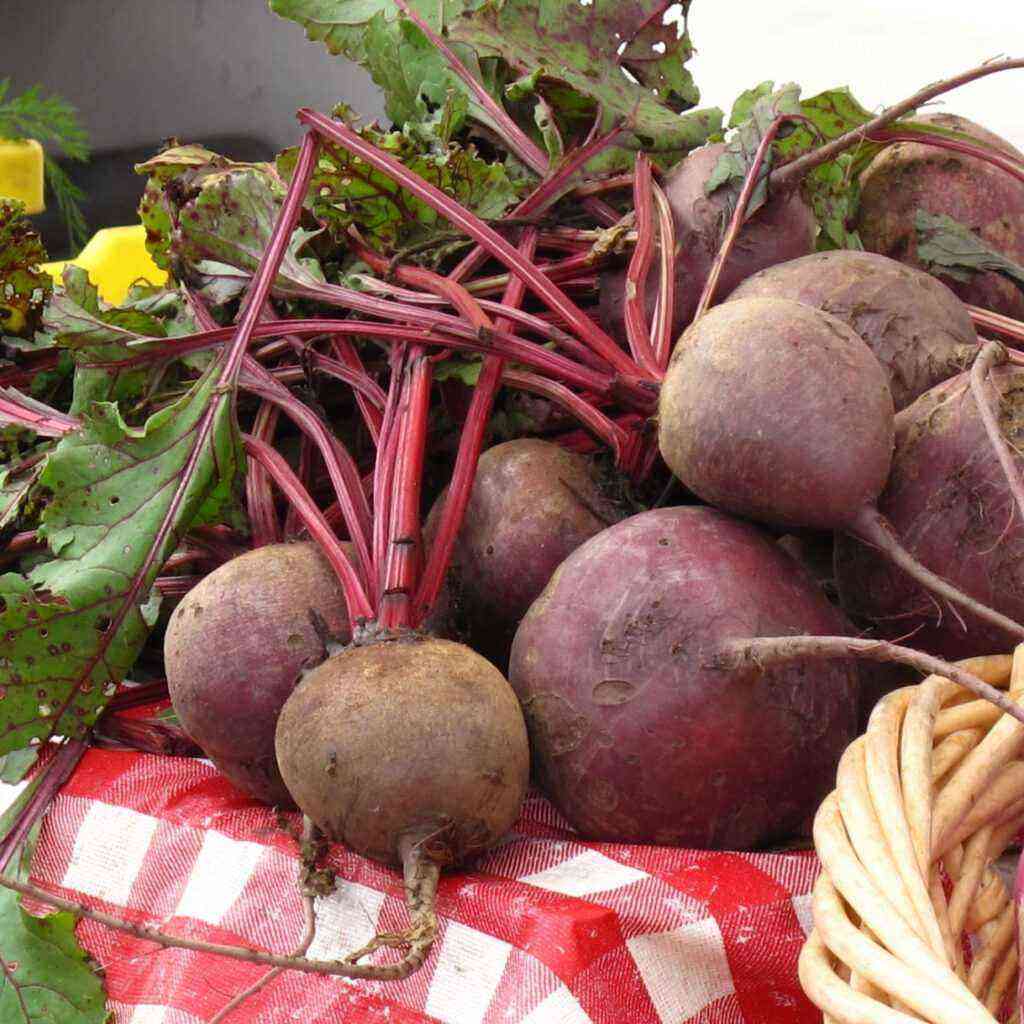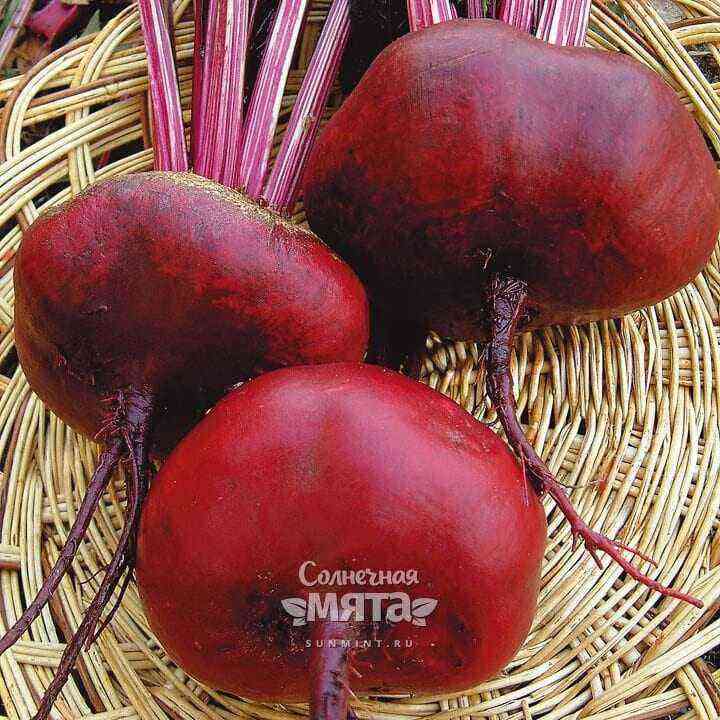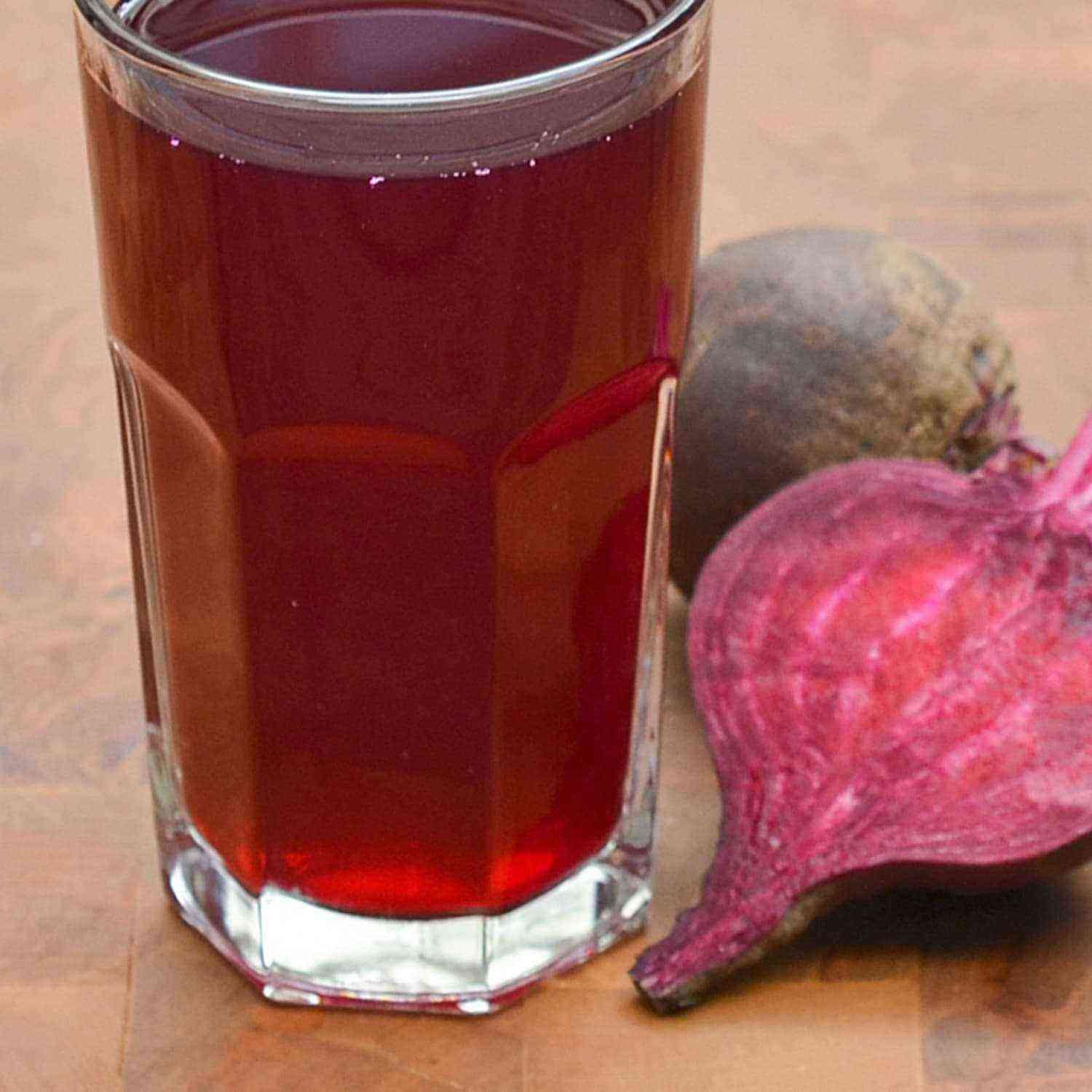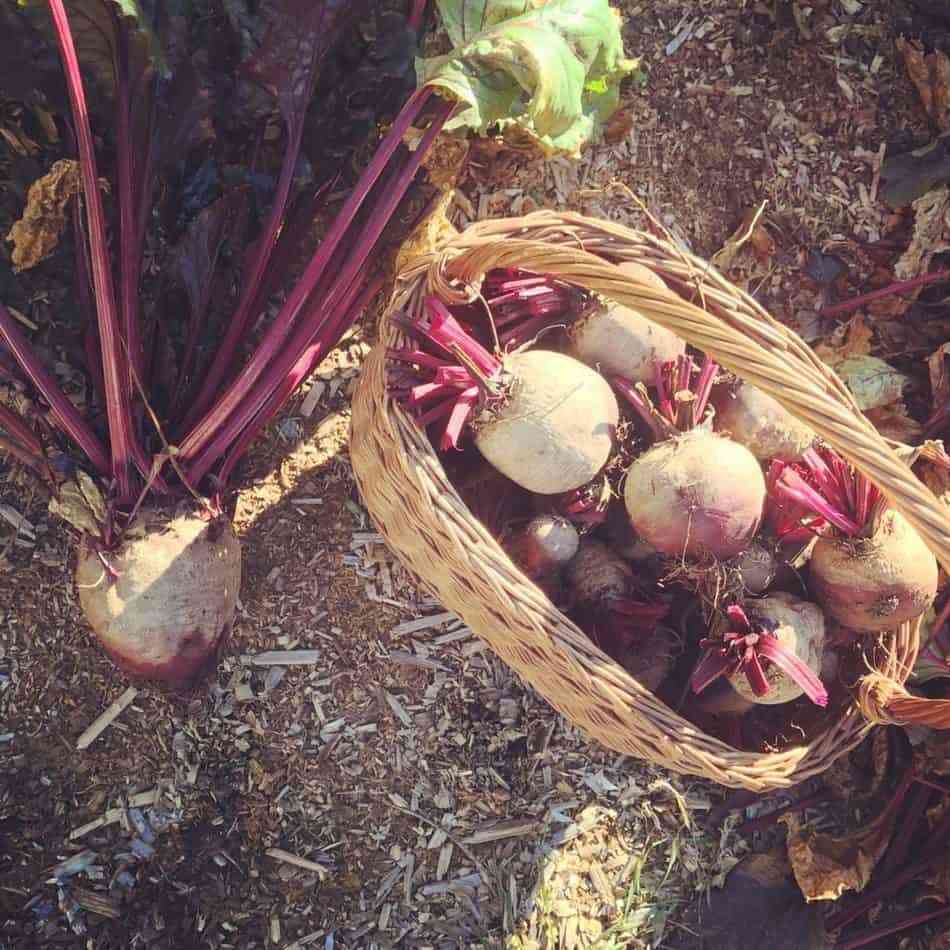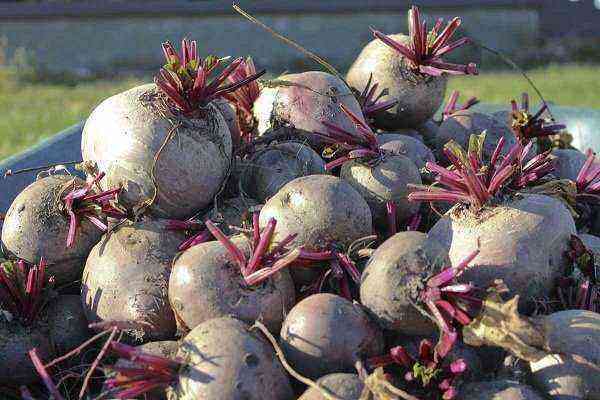In the harsh climatic conditions of Siberia, you can get a good beet harvest, but for this you need to choose the right vegetable variety, bred by breeders specifically for cultivation in adverse weather conditions. What varieties of beets are adapted to the climate of Siberia and demonstrate excellent survival, read on.
Siberian flat 167/367
Table beets were bred at the West Siberian vegetable station and since 1952 have been recommended for cultivation in the West Siberian and East Siberian regions. It belongs to early ripening varieties – already after 62-90 days from the moment of germination, it will delight you with a harvest of delicious root crops with the following characteristics:
- weight – an average of 190-350 g, but there are heads weighing 400 g;
- height – 5-8 cm;
- diameter – 7,5-12,5 cm;
- skin color – Dark red;
- flesh – tender and juicy, pinkish-red hue with a purple tint.
With proper care from 1 square. m beds will be able to collect 2,8-6,8 kg of fruit. The variety is also valued for its resistance to flowering and cercosporosis.
Bordeaux 237
Another variety of domestic selection, grown in Siberia since the last century. This is a medium-early beet – about 95-110 days pass from the emergence of seedlings to the technical ripeness of root crops.
The culture bears fruit with rounded or rounded-flat heads weighing 250-500 g and 12-15 cm in diameter. The pulp is very tender and juicy, it turns into an intense dark red color and acquires a high sugar content. On the cut, the fruit is uniform with barely noticeable rings.
The dark red skin of the fruit is elastic and dense, so that the ripe vegetable does not crack and is subject to long-term storage.
From 1 sq. m plot, you can collect 4-8 kg of such fruits. Bad weather conditions will not affect the yield of the variety, however, such consequences are possible if the plant is damaged by downy mildew or cercosporosis.
IncomparableA-463
The mid-early variety was presented by the All-Russian Research Institute of Selection and Seed Production of Vegetable Crops. Grown in the Central and Ural regions since 1943. The culture perfectly withstands cold and 70-100 days after germination gives root crops with the following characteristics:
- weigh an average of 150 to 400 g;
- have a flat or rounded flat shape with a thickened axial petiole;
- have a dense skin, which is colored dark red, but grayish at the base;
- differs in burgundy pulp with blackish rings.
Beetroot Incomparable is high-yielding – from 1 sq. m beds you can get up to 7 kg of fruit. Such indicators are achieved due to the high immunity of the plant, resistance to low temperatures, cercosporosis and flowering.
Root crops are perfectly stored, so gardeners often use the variety in the autumn-winter period.
Furor
Gardeners in the Siberian region often prefer to grow beet varieties with an early ripening period in order to get the maximum vegetable yield, but at the same time spend a minimum of time and effort. For this reason, they often choose the single-seeded Furor variety, one of the earliest varieties of this crop with a growing season of 70-90 days. Bred at the West Siberian vegetable experimental station.
The plant bears fruit with rounded dark red root crops weighing 150-300 g, which do not outgrow and retain their commercial size. They have excellent taste qualities that do not deteriorate even when beets are stored for 7-8 months.
Furor is single-sprout and does not require thinning, and its seeding rate is 30% less than that of multi-sprout varieties such as Bordeaux.
From 1 sq. m beds, you can collect 2-3 kg of root crops, but if you extend the growing season to 90-100 days, you can bring the yield to 5-6 kg.
single-growth
Since 1976, this variety of domestic breeders, bred at the All-Russian Research Institute of Vegetable Breeding and Seed Production, has been recommended for use in the northern regions. On 72-81 days after germination, it brings root crops with the following parameters:
- weight – from 300 to 600 g;
- form – spherical, rounded or rounded flat;
- color – dark purple or deep burgundy;
- skin – smooth, dense;
- flesh – juicy and tender, without rings.
From 1 sq. m beds, you can collect about 4 kg of root crops, which have good keeping quality, so the variety is often used in winter and autumn. Due to their excellent taste and beautiful color, beets can be eaten fresh or used to prepare various dishes.
Single-germ beet shows resistance to cercosporosis, phomosis and florescence. Beetroot Virovskaya one-seeded has similar characteristics, but its vegetation period is 125 days.
Egyptian flat
In 1943, breeders of the Research Institute of Agriculture of the Central Chernozem Strip named after V.V. Dokuchaev, on the basis of foreign varieties, bred the Egyptian flat beet, which is recommended for cultivation in the East Siberian region. The variety is medium late and approximately 94-120 days after germination produces ripe root crops with the following characteristics:
- weight – 300-500 g, but there are heads weighing up to 600 g;
- diameter – 13 cm;
- form – rounded flat, with a small head;
- color – Dark red;
- flesh – rich red with a purple tint, tender, sweet and juicy.
From 1 sq. m beds can be collected on average 5-7 kg of root crops, but in some years the yield can reach 9 kg. The variety is not afraid of flowering and is recommended for use in the spring-autumn season.
On the basis of this beet, the breeders of the VIR Polar Experimental Station bred the Polar Flat K-249 variety, which is also suitable for growing in Siberia, but has a larger angularity and head size, a thickened axial root and a greater immersion of the root crop into the ground.
Mulatto
Despite the exotic name, Mulatto beetroot is an achievement of domestic breeders. The variety was bred in the late 80s and gained popularity not only in Russia, but also abroad. Medium-early beets – the crop can be harvested 125 days after the shoots appear. Root crops have the following characteristics:
- weight – from 160 to 350 g;
- form – beautiful rounded, smooth and even;
- color – maroon inside and out, purple in the axial spine;
- flesh – tender and juicy, without cylindrical rings at the cut point.
These root crops have excellent keeping quality, so they can be grown for long-term storage and eaten in winter. In addition, they endure transportation over long distances, so they are often grown by farmers on an industrial scale. The yield is 258-447 q/ha. The culture is also valued for its resistance to temperature extremes.
Cooks love Mulatto beets for their juiciness and quick preparation. It will make perfect borscht and marinades, as it does not lose its original color even after a long heat treatment.
Podzimnaya A-474
For winter sowing and obtaining an early harvest in Siberia, you can grow the well-established Podzimnyaya A-474 variety, bred in 1952 at the All-Russian Research Institute of Vegetable Breeding and Seed Production. The period from germination to technical maturity lasts 55-101 days.
Root crops are round or semi-circular in shape and weigh 200-400 g. Their surface is slightly rough, and the pulp is of an intense dark red color, tender and sweet. It is great for home cooking, preservation and processing.
From 1 sq. m beds you can get 3,6-6,5 kg of such fruits. The decrease in yields is not affected by temperature drops, cercosporosis and flowering, as the variety shows resistance to them.
Cold-resistant-19
A variety of table beets from the Belarusian Research Institute of Potato and Horticulture, which has been approved for cultivation almost throughout Russia since 1973. Harvesting falls on the 60-75th day from the moment of emergence of seedlings. Cold-resistant root crops have the following characteristics:
- weight – 145-250 g;
- diameter – 10-12 cm;
- length – 6-8 cm;
- form – rounded flat;
- skin – smooth, dark red color;
- flesh – burgundy, juicy and tender.
The crop yield is average – from 3,3 to 4,2 kg per 1 sq. m. The variety is not afraid of low temperatures and is relatively resistant to disease.
Pablo F1
Dutch hybrid variety with an average ripening period – from the moment of emergence of shoots to the technical ripeness of root crops, it takes about 108-115 days.
It bears fruit not very large, but uniform fruits with the following characteristics:
- weight – from 118 to 455 g;
- form – rounded, without irregularities, with a small tail;
- skin – smooth, thin, dark red with a purple tint;
- flesh – tender and juicy, uniform intense burgundy color, without light radial rings and veins.
From 1 sq. m beds, you can collect 6-7,5 kg of root crops with decent commercial and taste qualities. The hybrid Pablo is not afraid of bolting and cercosporosis, and also shows excellent keeping quality during winter storage.
New hybrids of the Dutch selection
In the conditions of Siberia, hybrids of Dutch breeders have proven themselves well. Popular among them are the following:
- Water F1. An early ripe hybrid, which, after 85-90 days from the moment of germination, brings round, uniform in shape and size roots with an average weight (250-350 g). The flesh of the vegetable has a uniform dark red color without radial rings, and the skin is the same color, smooth and dense. The hybrid is traditionally grown for early beam production.
- Action F1. A mid-season variety that bears fruit in 105 days with rounded root crops weighing 240-350 g, dark red in color and with pulp without rings. The taste of beets is delicate and sweet, so it is actively used in cooking. The plant has vertical leaves and a powerful root system, thanks to which it endures all temperature fluctuations.
With proper agricultural technology from 1 square. m beds you can get up to 9,5 kg of fresh root crops.
3 varieties for storage in Siberia
Mid-season beet varieties and hybrids fully ripen in a short summer, despite adverse weather conditions, and show excellent keeping quality for winter storage. Among them, the most suitable for growing in Siberia are:
- Bravo. Bred in 1997 at the West Siberian vegetable experimental station. It bears fruit with rounded burgundy roots, which weigh 200-650 g, are dark red in color, and taste tender, juicy and sugary. The pulp is devoid of characteristic rings. From 1 sq. m will be able to collect from 7 to 9 kg of such fruits. The variety is highly resistant to cercosporosis, but can be affected by beet midge.
- RocketF1. Another mid-season hybrid from Dutch breeders, which bears fruit with cylindrical elongated root crops weighing 300 g each. The skin is thin and dark red, without branches, and the flesh is juicy, burgundy-purple, without rings. From 1 sq. m beds you can get 5,5-7 kg of root crops. The hybrid will please with good germination (75-80%) of seeds, high productivity and resistance to various diseases.
- Vital cylinder. A classic representative of the Dutch selection, which bears fruit with dark red cylindrical roots with a slightly pointed tip. The pulp is tender and juicy, dark purple in color, without light streaks. The heads themselves reach 3,5-6 cm in diameter, and in mass – from 200 to 450 g. From 1 sq. m beds you can get 3,8-5,7 kg of fruit.
Varieties of beets for Siberia are presented in a wide variety, so every gardener can choose a culture that is suitable for its characteristics. If desired, several varieties can be sown on one bed in order to choose the best option for the next season.
